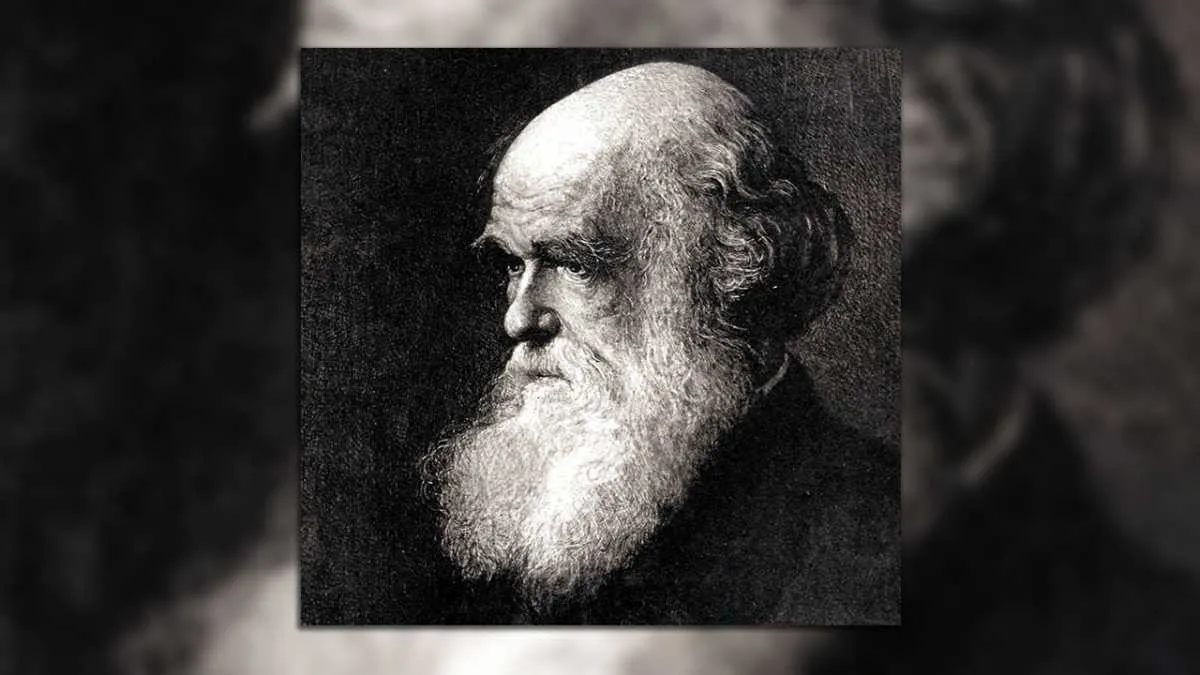Evolution is perhaps the greatest of all the “great ideas”. It has proved to be the most powerful lens we have with which to view life. Through its inescapable logic we have developed an ever more sophisticated understanding of the why and how of biology.
Despite this, or perhaps because of it, considerable confusion exists over some very fundamental aspects of evolution. In some cases, that confusion is not helped by the language that we use to describe evolution and related processes. The word itself, “evolution”, is a very good example of what I mean.
Read more about evolution:
- 10 weird ways humans have influenced animal evolution
- Mammal evolution: How ancient fossils are revealing the secrets of our earliest ancestors
- Viruses: their extraordinary role in shaping human evolution
For a biologist, evolution is “a change in gene frequency over time”. Nothing more, nothing less. Evolution in the biological sense is an explicitly genetic process. The changes in gene frequency over time that define it are caused by the driving forces of selection (of which natural selection is the best known, but also sexual, kin and artificial selection) or by processes like genetic drift.
Micro-evolution, like the evolution of antibiotic resistance in some bacteria, and macro-evolution resulting in the evolution of new species both come under the umbrella of the biological definition of evolution.
This strictly genetic definition though is not the sense that most people have for the word. Like other terms we use in science, evolution is used in a subtly different way in everyday language and those differences matter.

When you look up the definition of evolution then you will typically find something along the lines of “the gradual development of something”. We use evolution in this “developmental” sense all the time. We speak of plans or ideas evolving, of someone’s character evolving or of society evolving.
In this everyday use of “evolution” the implicit sense, most of the time, is one of improvement. When we talk about an idea evolving we always mean that it has changed but we also often mean that it is getting better, more complex, or more advanced.
Of course, we don’t always mean improvement, but nonetheless there is very often a feeling of “change for the better”. Evolution by natural selection though does not imply improvement and “getting better” can only ever mean “better adapted for the current environment”.
Read more:
- Evolution would likely lead to 'very similar-looking organisms' if it started again
- Earth’s ancient geography 'directed the course of human evolution'
- Lichen age discovery reshapes understanding of complex ecosystem evolution
I think that it is this implied but incorrect sense of “improvement” in evolution that can sometimes lead to people getting trapped by teleology.
Teleology in biology is the use of language that implies evolution is goal-directed; that features evolved “for” a purpose. A simple example is the suggestion that a giraffe’s neck evolved to be longer in order to allow giraffes to reach higher leaves. The evolutionary explanation is the other way around, which is why teleology is sometimes explained as putting the cart before the horse.
The evolutionary explanation for long necks is that those giraffes with slightly longer necks were able to reach higher leaves and, assuming that neck length is genetic and that being able to reach higher leaves resulted in increased fitness (essentially, more offspring), then over generations, selection pressure produced an increase in the frequency of genes causing longer necks.
Given enough genetic variation in neck length then selection will give advantage to longer necked individuals and so average neck length will increase across generations. If there is continued selective advantage to a longer neck, then average neck length will continue to increase until the limit of genetic variation in neck length is reached, or until the point where other factors (like the huge problem of having your brain many metres above your heart) put the brakes on.
The problem, as you’ve read, is that strictly correct explanations also tend to be very longwinded!

Being strictly correct leads us to another issue. Evolution provides such a powerful way to explain the adaptations we can find in organisms that it is horribly tempting to start thinking that every feature in the natural world is an adaptation that gives benefit to the organisms that have them.
Termed pan-adaptationism, this approach is sometimes referred to as telling Just-so stories, named for the Kipling short stories that weave elaborate explanations for, among many others, how the leopard got its spots.
Whilst it is remarkably tempting to do this, and many such stories may turn out to be true, to be an adaptation, a feature has to be genetic and must enhance reproductive success. So, we can look at the stripes and colouration on a hoverfly and decide they “must” be an evolved feature that reduces predation by birds through confusion with harmful wasps (a form of mimicry called Batesian mimicry).
We might strongly suspect we are right, but until we can provide the evidence that hoverflies are protected by their colouration because it deters birds and that this results in greater survival and reproduction, our explanation remains a Just-so story, albeit one that is more plausible than the stories Kipling told.
One of the greatest confusions that the language around evolution can cause has often ended up as the basis of attacks on the validity of evolution. After all, say the critics, “evolution is only a theory”.
In science, a theory is an explanation for a phenomenon that can be tested and verified by the scientific method. It includes multiple sources of evidence that build up into a framework of understanding that can change over time to account for new discoveries and new evidence.
Theories are the explanations that science seeks to find. In everyday use the word is rather less concrete.
Whether it is the scathing riposte of the pragmatist (“yes, in theory that will work but…”) or the withering dismissal of an idea (“that’s all very well in theory!”) the word theory is, in normal use, more akin to “hypothesis”.
A hypothesis is a proposed explanation for a phenomenon, one that makes predictions that can then be tested. In essence, a hypothesis is a “good idea”, but one that doesn’t contribute to the theory it is a part of until it has been supported by science.
Evolution is a most certainly a theory, but with a mountain of supporting evidence that grows daily, it is most certainly not “just” a theory!
Unfit for Purpose: When Human Evolution Collides with the Modern World by Adam Hart is available now (£16.99, Bloomsbury Sigma)

